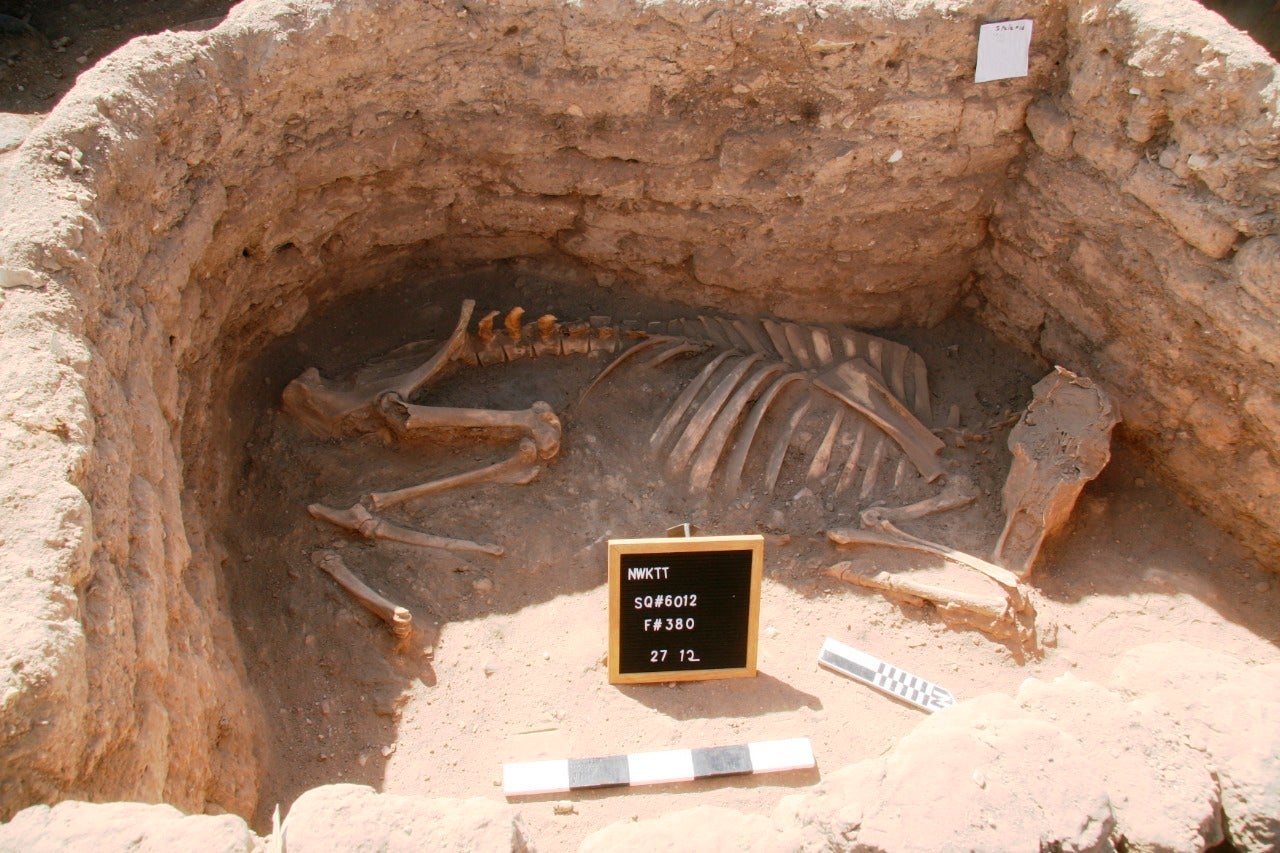Archeologists unearth an ancient pharaonic city in Egypt
Egyptian archeologists have unearthed a 3000-year-old lost city south of Cairo, complete with mud brick houses, artifacts, and tools from pharaonic times

Your support helps us to tell the story
From reproductive rights to climate change to Big Tech, The Independent is on the ground when the story is developing. Whether it's investigating the financials of Elon Musk's pro-Trump PAC or producing our latest documentary, 'The A Word', which shines a light on the American women fighting for reproductive rights, we know how important it is to parse out the facts from the messaging.
At such a critical moment in US history, we need reporters on the ground. Your donation allows us to keep sending journalists to speak to both sides of the story.
The Independent is trusted by Americans across the entire political spectrum. And unlike many other quality news outlets, we choose not to lock Americans out of our reporting and analysis with paywalls. We believe quality journalism should be available to everyone, paid for by those who can afford it.
Your support makes all the difference.Egyptian archeologists have unearthed a 3000-year-old lost city, complete with mud brick houses, artifacts, and tools from pharaonic times.
Noted archeologist Zahi Hawass said Thursday that an Egyptian mission had discovered the mortuary city in the southern province of Luxor It dates back to what is considered a golden era of ancient Egypt, the period under King Amenhotep III of the 18th dynasty.
"Many foreign missions searched for this city and never found it," Hawass said in a statement. The city, built on the western bank of the Nile River was once the largest administrative and industrial settlement of the pharaonic empire, he added.
Last year, archeologists started excavating in the area searching for the mortuary temple of King Tutankhamun However, within weeks, the statement said, archeologists found mud bricks formations that eventually turned out to be a well-preserved large city. City walls, and even rooms filled with utensils used in daily life are said to be present.
“The archaeological layers have laid untouched for thousands of years, left by the ancient residents as if it were yesterday.” the press release said.
The newly unearthed city is located between the temple of King Rameses III and the colossi of Amenhotep III on the west bank of the Nile River in Luxor. The city continued to be used by Amenhotep III's grandson Tutankhamun, and then his successor king Ay.
Betsy Brian, Professor of Egyptology at John Hopkins University said the discovery of the lost city was the most important archeological find since the tomb of Tutankhamun.
King Tut became a household name and helped renew interest in ancient Egypt when his tomb in the Valley of the Kings was discovered nearly fully intact in 1922.
Archeologists have also found clay caps of wine vessels, rings, scarabs, colored pottery, and spinning and weaving tools. Some mud bricks bear the seal of King Amenhotep III's cartouche, or name insignia.